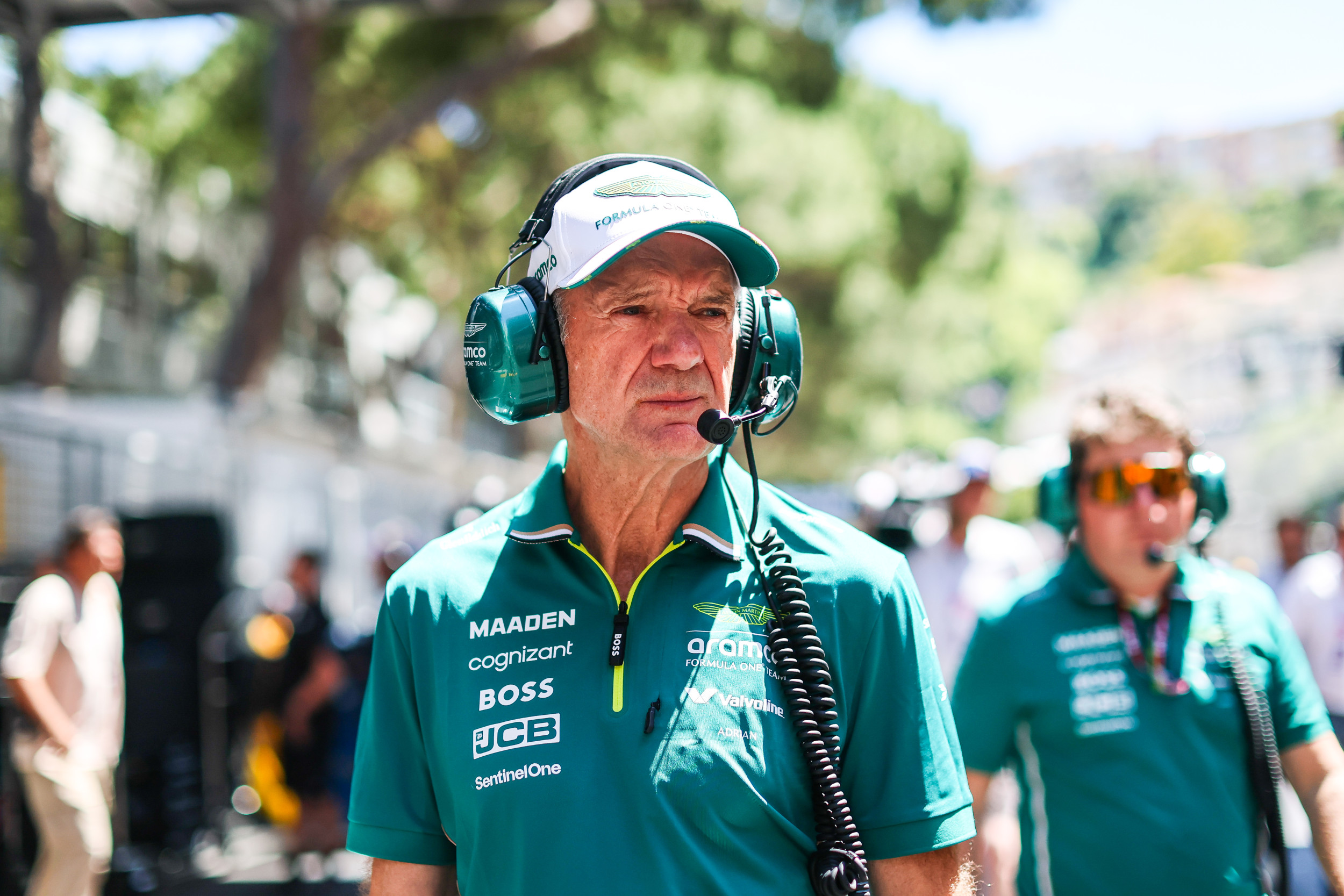Adrian Newey Speaks Out on 2026 F1 Rule Constraints

New Developments in 2026 F1 Regulations
Adrian Newey, a renowned aero expert and former chief technical officer at Red Bull, has joined Aston Martin as a managing technical partner and shareholder. Since his arrival, he has shared his insights on the upcoming 2026 Formula One regulations, highlighting that there is limited flexibility in car design.
The 2026 regulations mark a significant shift in Formula One, introducing new engine and chassis rules that will result in lighter and slightly smaller cars compared to the current ground-effect models. These new cars will also incorporate active aerodynamics on both the front and rear wings. This change is expected to bring a fresh dynamic to the sport, with teams adapting to these innovations.
One of the most notable changes in the 2026 cars will be their powertrain. The new vehicles will feature an electric motor combined with an internal combustion engine, with power split equally between the two. This hybrid approach aims to enhance performance while aligning with broader sustainability goals within the sport.
Teams have already begun working on the 2026 cars this year, even as they continue to focus on the 2025 season. Balancing the development of two different generations of cars has proven challenging for many teams, with some choosing to halt progress on the current model after the summer break.
Under the current regulations, teams face constraints in designing their cars, pushing them to find creative solutions within the rules. For instance, during the 2024 season, McLaren introduced a rear wing that flexed under high-speed pressure, creating a semi-DRS effect. While the FIA deemed it legal, the team was reportedly asked to modify the design due to concerns from other teams.
Newey has acknowledged that the 2026 regulations do not provide much room for experimentation but believes that a detailed examination of the rules could still offer some flexibility. He emphasized:
"When I first saw the rules, my initial reaction was, 'Oh dear, that doesn't leave much room for maneuver!' But when you delve into the details, you do see a certain amount of flexibility. However, as always in Formula One, after three or four years, the teams will converge."
At 66 years old, Newey left Red Bull last year after playing a pivotal role in designing the cars that helped Max Verstappen secure four championships. Now at Aston Martin, he has entered what his wife calls a "design trance," working intensively on the 2026 Aston Martin F1 car. He described his recent work as nonstop, with only one weekend off.
"I had a weekend off recently, but apart from that, it's been pretty much flat-out nonstop. When I enter such a phase of intense concentration, I barely notice anything to the left or right. All my computing power is channeled toward one goal: designing a fast racing car."
Currently, Newey is focusing on the front and rear suspension, fuel tank size, and wheelbase of the 2026 Aston Martin car. However, he has identified two challenges that may require mid-season adjustments. He noted:
"On the one hand, we don't have enough time, and on the other, our simulation tools may be a bit weak. So we have to try to make the best possible assessments. If necessary, the body and wings can be adjusted during the season."
As teams prepare for the 2026 season, the focus will be on adapting to the new regulations while maximizing performance. With Newey’s expertise, Aston Martin aims to remain competitive in this evolving landscape.